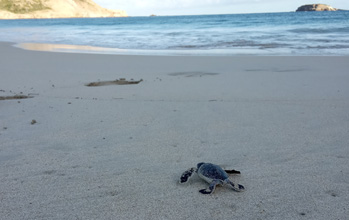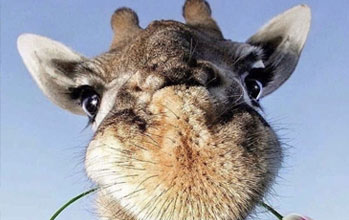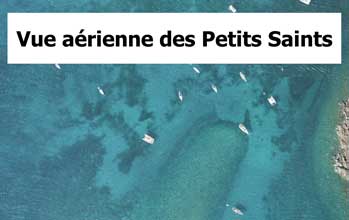 An educational area is a small land or marine zone managed collaboratively by schoolchildren. It serves as a place to study the species it hosts, helping children gain a deeper understanding of the area and enhance their efforts to protect and preserve it.
An educational area is a small land or marine zone managed collaboratively by schoolchildren. It serves as a place to study the species it hosts, helping children gain a deeper understanding of the area and enhance their efforts to protect and preserve it.
The CM1-CM2 (Grades 4-5)and CM2 A classes at Gustavia School participated in an Educational Area project, supported throughout the year by the Territorial Environment Agency (ATE). The children have picked up their pens to share the story of their project, providing an opportunity to showcase their work and raise public awareness.
EDUCATIONAL MARINE AREA, Mrs. TEYRAS’ CM1-CM2, Gustavia elementary school
We, grades 4-5 students from Gustavia elementary school, are managing an Educational Marine Area this year: the Petits Saints islets.
 To assess the situation, we first visited the hospital parking lot to observe the area above water, both with and without binoculars. We made sketches and later created diagrams in class. We also went snorkeling to inventory the existing species. We plan to do another assessment in June to see if there are any changes, particularly in the condition of the corals.
To assess the situation, we first visited the hospital parking lot to observe the area above water, both with and without binoculars. We made sketches and later created diagrams in class. We also went snorkeling to inventory the existing species. We plan to do another assessment in June to see if there are any changes, particularly in the condition of the corals.
The Educational Marine Area aims to preserve an ecosystem, so we need to communicate and find actions to achieve a better balance between the coral reef and human activities.
 Some of the island’s conservationists came to class to provide information and explain what they were doing (Coral Restoration, Territorial Environment Agency). Because to protect, you need to know! With Emma from the Territorial Environment Agency, we learned some new words: «Biotope» (habitat for life) and «Biocenosis» (the species that live in this habitat).
Some of the island’s conservationists came to class to provide information and explain what they were doing (Coral Restoration, Territorial Environment Agency). Because to protect, you need to know! With Emma from the Territorial Environment Agency, we learned some new words: «Biotope» (habitat for life) and «Biocenosis» (the species that live in this habitat).
 We need to raise awareness among those around us to prevent pollution: dispose of garbage properly, recycle, and wear rash guards or surfers’ stick instead of using sunscreen. A poster will be created and displayed to promote these practices.
We need to raise awareness among those around us to prevent pollution: dispose of garbage properly, recycle, and wear rash guards or surfers’ stick instead of using sunscreen. A poster will be created and displayed to promote these practices.
Next year, we’re planning an underwater trail, using special buoys equipped with information sheets. The ocean is life, and we must protect it.
EDUCATIONAL LAND AREA, Mrs. GALOU’s CM2 A class, Gustavia primary school
«Fort Carl is our Educational Land Area, it’s not far from our school.» Jade
«It’s right next to Shell Beach and overlooks the Marine Educational Area of Petits Saints run by teacher Anne-Sophie’s CM1/CM2 students. These two areas communicate, so if you pollute Fort Carl, you pollute the Petits Saints.» Nathanaël
«On our area, there are lots of fantastic species…» Léa
«At Fort Carl, you can find an insect hotel made by our class. This hotel provides shelter and protection for insects.» Lia
«We made a film to keep the memory of the creation of the insect hotel alive.» Camille
«To get to know the site better, we made a number of visits (inventories of the site). Each student gave a presentation on plants or animals that can be found at Fort Carl.» Emma, elected to the Earth Council
 Fort Carl is a dry forest. There are certain things you must do when you visit:
Fort Carl is a dry forest. There are certain things you must do when you visit:
-Do not throw away cigarette butts,
-Do not start fires,
-Do not pollute
-Do not damage the site…
«This project is a real source of motivation for the students and helps to train our eco-citizens. It enables :
-acquiring knowledge of dry forest flora and fauna.
-students meet people involved in environmental protection
– zone monitoring.
During the children’s councils, the pupils define actions concerning their educational land area…» The teacher, Mrs. GALOU





